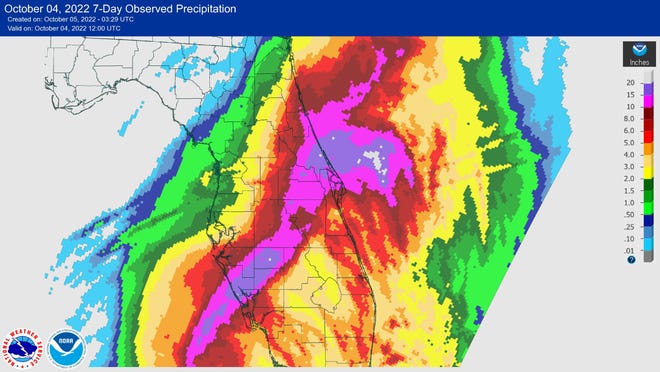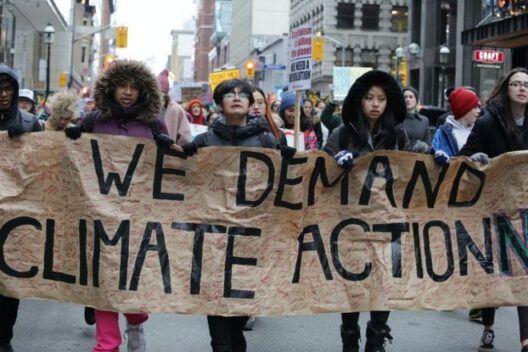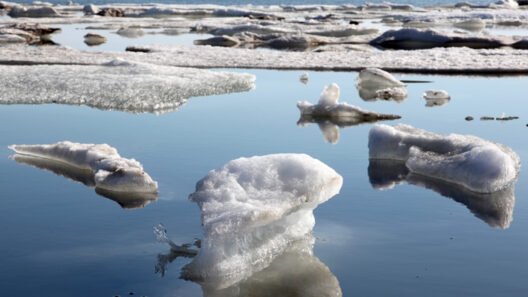As the sun blazes relentlessly, temperatures soar beyond comfortable limits, engulfing cities in a haze of sweltering heat. Simultaneously, in distant oceans, storms are brewing, gaining strength in the warmer waters that harbor their fury. Have you ever pondered the connection between that sweltering heatwave you experience every summer and the intense hurricanes that wreak havoc on coastal communities? In this exploration, we will delve into the intricate relationship between global warming and extreme weather phenomena, particularly focusing on both heatwaves and hurricanes. Let’s consider: is climate change merely a background player, or is it the primary architect of these shifting weather patterns?
To begin, it’s critical to understand what global warming is. At its essence, global warming refers to the long-term increase in Earth’s average surface temperature due to the accumulation of greenhouse gases (GHGs) in the atmosphere. These gases, primarily carbon dioxide, methane, and nitrous oxide, are produced by various human activities, including burning fossil fuels, deforestation, and industrial processes. This elevation in temperature has broad implications for global weather patterns, which we are witnessing with increasing severity.
Heatwaves are one of the most palpable manifestations of global warming. Defined by prolonged periods of excessively high temperatures, they can lead to dire health outcomes, diminished air quality, and significant agricultural disruption. But what causes these intense heat events? The answer lies in the altered atmospheric circulation patterns. As the planet heats up, the jet stream, which plays a crucial role in regulating weather patterns, becomes wavier and slower, allowing hot air to linger over certain regions longer than before. The result is a rising frequency of heatwaves, particularly in regions that were once temperate.
The ramifications of heatwaves are manifold. When temperatures exceed normal levels, they can cause considerable strain on human health systems. Vulnerable populations, such as the elderly and those with pre-existing health conditions, are especially at risk for heat-related illnesses and even fatalities. Besides health impacts, heatwaves can also precipitate droughts. Prolonged high temperatures lead to increased evaporation rates, reducing soil moisture and water supplies. This creates a perilous cycle in which agriculture suffers, leading to food insecurity and economic distress.
Now, pivoting our focus to hurricanes, we encounter another facet of this climatic challenge. Hurricanes thrive in warm ocean waters; hence, the rising sea surface temperatures attributable to global warming are a pivotal factor in the intensity and frequency of these storms. When water temperatures exceed approximately 80 degrees Fahrenheit, the conditions become conducive for hurricane development. As global temperatures continue to rise, so too does the likelihood that hurricanes will become not just more frequent but also more potent.
Studies have indicated a clear correlation between global warming and the increasing intensity of hurricanes. Warmer ocean waters provide more energy, leading to storms that can rapidly escalate in strength. This has been exemplified by recent hurricanes, which have caused unprecedented destruction, illustrating that climate change is already altering the dynamic of these catastrophic weather events. But are we simply passive witnesses to this transformation, or is there an active role humanity can play in mitigating this devastating trend?
To tackle this pressing issue, we must first acknowledge the crucial facet of resilience. Coastal communities often find themselves at the confluence of heatwaves and hurricanes; thus, mitigating their effects requires a multifaceted approach. First, improving infrastructure—such as reinforcing buildings to withstand hurricane winds and implementing better drainage systems—can significantly diminish damage during severe storms. Furthermore, enhancing emergency response systems will help protect lives and properties when these inevitable disasters strike.
Second, we should advocate for sustainable practices. Transitioning to renewable energy sources—like wind, solar, and hydropower—can significantly lower greenhouse gas emissions. This shift is not only beneficial for the environment but also has the potential to create economic opportunities. As we move away from fossil fuels, new jobs can emerge in clean energy sectors, redefining employment landscapes in many communities.
Equally critical is public education regarding climate change’s tangible effects. The average citizen must not only understand the science behind heatwaves and hurricanes but appreciate the real-world implications of inaction. If communities grasp that their safety, health, and economic stability are intertwined with climate issues, they may be more inclined to participate in activism or support policies that foster sustainability and resilience.
Will we continue to ignore the precursive signs of a changing climate, or will we galvanize our efforts to combat its effects? As we grapple with the impacts of global warming, it becomes evident that both heatwaves and hurricanes are symptoms of a broader climatic malaise. Addressing these challenges demands a collective commitment to change—an intertwined dance between preparation, education, and action. The question remains: how prepared are we to face the increasingly turbulent weather that lies ahead? The answer, we must hope, will foster a proactive and unified response to this global crisis.






